Partnership with YouTube Music could unlock 10 mn subscribers for Eros Now: Rishika Lulla
2019 was a year of many firsts for Eros Now. They inked important deals with Apple TV, Microsoft and more recently YouTube Music that puts them in a position leapfrog ahead of the competition in terms of subscribers, technology and distribution.
Currently, Eros Now reports 23.5 million paid subscribers, 177 million registered users and a galleon of productive marketing and distribution partnerships including key markets like China and the US.
The platform is targeting 50 million paid subscribers by the end of the year, a large chunk, they expect will come from their bundling partnership with YouTube Music.
Speaking about the partnership with YouTube, Rishika Lulla, Chairman & CEO, Eros Digital, said, “We are humbled to be the first company that has partnered with YouTube Music in this fashion. I think it is incredibly heart-warming that India is the first country where they (YouTube) are rolling out this kind of bundled product. I think it presents a really unique opportunity, what Eros and Google have envisioned together, and that opportunity is to move to a really strong subscriber base together, marrying content that is mutually beneficial. There is a huge subscriber universe out there and this could at least bring in 10 million paid subscribers.”
The team at Eros Now hints that this is an exploratory partnership and might expand in scope in the coming future. Eros Now, which is known for its movie library and award-winning original content, will form a symbiotic relationship with YouTube that specialises in short form video and music.
Ali Hussein, CEO, Eros Now, added here, “The partnership will have an evolution. We are looking at building Stage II, III and are looking to build the right ways to hand off content. We are currently working on customers’ journeys and product functionality to offer the best experience to the customers.”
Eros Now is also driving an aggressive Smart TV play. They have partnered with LG, Samsung, Roku, OnePlus TV and TCL in China. They are the first OTT platform to have a global partnership with Apple TV. Their partnership with Dolby and OnePlus TV will also drive premiumisation in the Indian OTT market. Eros Now is committed to invest $75 million in the next 18-24 months to expand their original content library. Their film library is their best performing asset across devices and markets.
“Movies and originals are better watched on a Smart TV as they improve the quality of the end product. It also caters to the paying audience. That’s the reason why we are focused on the Smart TV play, because it is a better consumer experience,” explained Hussein.
According to Lulla, “Content can really push the growth in subscribers, but it is a marriage between content and technology, because unless both are aligned, no one will know what to do with your platform. How to deliver a holistic customer experience is something all of us are trying to figure out and we are growing along the way.”
In fact, Eros Now posits that their largest investments continue to be in terms of building technological capability on par with global players. Their Microsoft partnership is critical in taking that vision forward.
With Microsoft Azure powering the OTT platform, Eros Now is developing a recommendation engine, not unlike Netflix, to raise the session time of the last mile user. The other points in the data funnel are to mine business intelligence, market intelligence and content intelligence that will track behaviour such as time spent, entry and exit, pre and post viewing experience and frequency of registered versus subscribed user.
Lulla said, “We already have the pedigree of great content and brand, so the technology front is something that we will continue to invest in going forward in 2020.”
In conversation with Adgully, Eros Now’s Rishika Lulla and Ali Hussein answer some critical questions on the future of the platform and the industry as a whole.
What is your content play?
Rishika Lulla: We are looking to spend $ 75 million in the next 18-24 months on original content. A lot of the originals you may have seen in the past were runaway successes. Take for instance ‘Smoke’, we were actually chosen to premiere that content at Cannes. Although there were a lot of submissions by many incumbents globally for the spot, but it was ‘Smoke’ that was showcased.
Another successful piece of content was Metro Park, which is about Gujaratis in New Jersey and New York. What was great about ‘Metro Park’ – which has a local global flavour to it – is that it tracked so well that it actually grew our time spent in the US by 22 per cent, growing it to be our largest market from an Eros Now perspective.
With 34+ players competing in the OTT space, are consumers spoilt for choice? Do you envisage a broadcast kind of situation arise in the OTT space, where you have 800 channels competing for eyeballs?
Ali Hussein: I don’t believe customers are spoilt for choice. In fact, I think there is lack of choice. There are a lot of brands, but they are essentially repurposing TV content. Most of the viewership, for us, is coming through movies, which is high premium and something that people tend to pay for. The evolution of the business will mean good quality content will come in, and people will have the choice of good content to watch. There is a significant amount of growth that the industry has yet to see. Monetisation in terms of AVOD and SVOD is still in its early days. I don’t think we should ever think as an industry put together; this is a mature business to be in.
The fact of the matter is that TV is still a leader in penetration. Just recently, there was a report that digital subscriptions have dropped close to 20-25 per cent. You see a trend where India tends to leapfrog ahead of the curve and see a faster adoption in terms of digital VOD. Our set-top box strategy will ensure that we are able to leapfrog the ecosystem. More brands will be born and we will see them being consistent in content. If Amazon Prime does a show that doesn’t work, then that audience comes to us. We all invest in the ecosystem and benefit off each other. We understand that while brewing the ecosystem there might be spillage, but eventually we are going to grow the ecosystem for the right stakeholders to get the right share of voice.
Eros Now’s content is available on various platforms. Will you go the Disney+ route and cut back on the syndication deals?
Rishika Lulla: We have syndicated to satellite and will continue to look at syndication. But we will never be syndicating in a way that could potentially harm brand Eros Now. It is very much a business call that is taken in terms of what we syndicate. However, the sanctity of the content play on Eros Now is a separate call.
Eros, like Disney, was distribution first, where all of our content existed on different platforms. In terms of clawing back distribution, shareholder maximisation is something that is important for us, so we won’t be doing that due to strategic reasons. The way we look at it, you can change the way content is windowed. That is something that we actually started pioneering in 2015. We did something called 'TV Se Pehle' where we try to ensure that the first window post theatrical release goes to Eros Now. We did that for ‘Tanu Weds Manu’, ‘Bajirao Mastani’ and ‘Badlapur’. We believe a strong presence across the ecosystem allows us to play with our windows.
Typically, in the industry a trailer gets released on YouTube first, we created a windowing opportunity around that there as well, where a trailer gets a 24-72 hour exclusive window on Eros Now, prior to a trailer even being on YouTube. With all of our assets, we really like play with our windowing opportunities to make sure we get these spikes.
I don’t necessarily see the Indian OTT market as taking an eyeball away from a television to a mobile. I think they can both exist simultaneously and the markets for the two are quite differentiated.
Will the streaming wars drive up the cost of content? Are you looking at content solutions to drive down the cost of producing original content?
Rishika Lulla: There is a divide between what is content and what you deem fit to spend on content. You have your broadcaster mentality on what to spend on content. You have your Netflix, Eros Now and Amazon Prime, who set out to create super premium shows. I don’t think quality of content will necessarily get standardised, but I do think the premium-ness you want in your content and how much you spend on your content should actually reflect in your end product.
Ali Hussein: The audience base in the OTT segment, which is on average in the 18-34 age group, is choosing digital services over TV services. The subscription isn’t reducing, but what may be happening is the universe may be expanding. They are moving from the subscription pack to the a-la carte pack. If you subscribe to Tata Sky Binge, you will get 5 services at Rs 249 a month, but you are accessing 5 services. We are creating multiple Indias, where people can choose to go for a bundle, or might just want a light pack.
Rishika Lulla: Unlike films, where your major cost of production goes into your hero, in OTT, your story is your real hero. If you have a solid story, then you don’t need the kind of content guzzling budget for it to transcend audiences.
Also Read
The OTT play is not starkly different from real consumer analytics: Ali Hussein
We want to produce Oscar-worthy shows: Ali Hussein, Eros Now



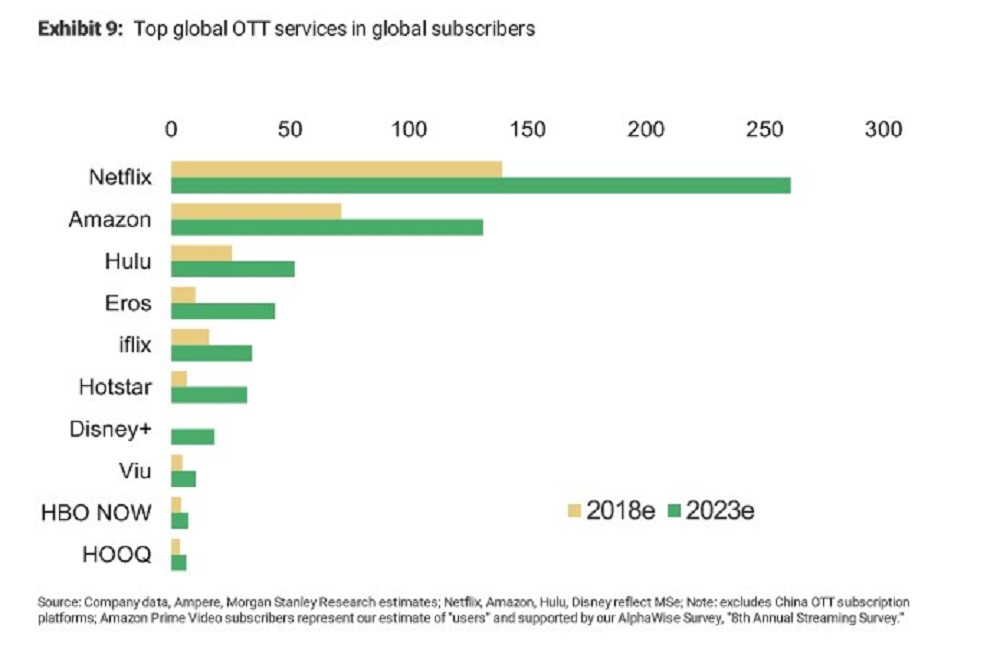
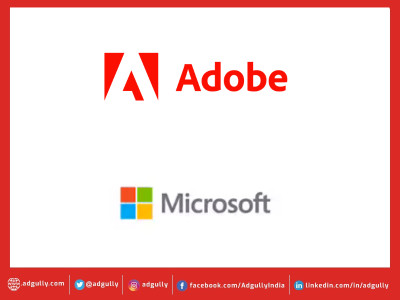
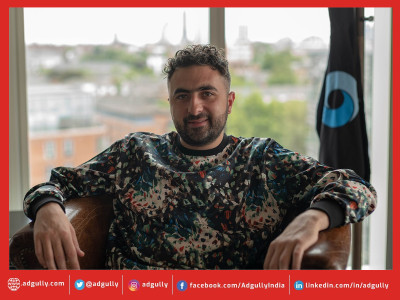




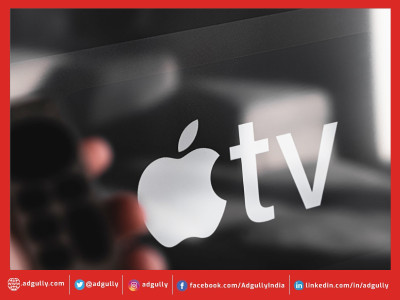


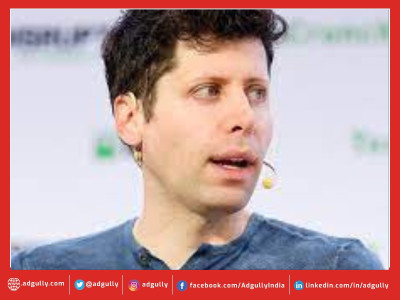

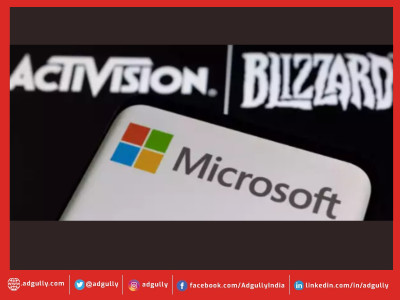

Share
Facebook
YouTube
Tweet
Twitter
LinkedIn